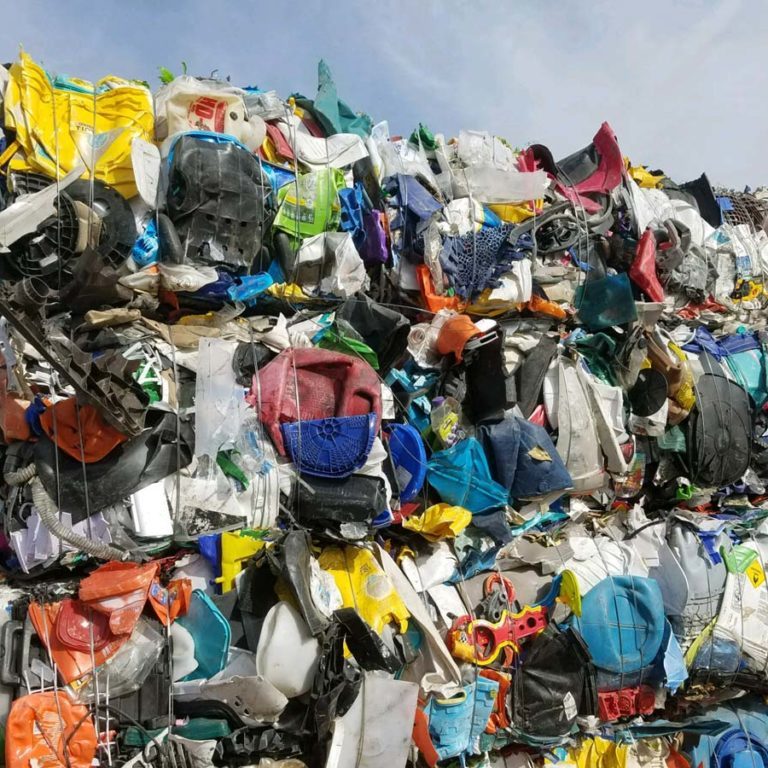
Scrap Plastic
Product Name: Scrap Plastic
Material Type: Mixed plastics (can include PET, HDPE, PVC, LDPE, PP, PS, ABS, etc.)
Form: Sorted and cleaned plastic items, shredded pieces, or bales (depends on type and customer requirements)
Color: Mixed colors, clear, or natural (specific color options can be provided depending on availability)
Origin: Germany
Purity: 85% – 100% plastic content (varies based on the type and source of scrap)
Density: Varies depending on the plastic type (e.g., PET ~1.34 g/cm³, HDPE ~0.95 g/cm³)
Size: Typically shredded or in bulk pieces (customizable to customer requirements)
Moisture Content: Less than 1%
Packaging: Baled, bagged, or bulk depending on customer specifications
Contaminants: Free from foreign materials like metals, wood, and glass (subject to customer specifications)
Recyclability: 100% recyclable into new products across multiple industries
Environmental Compliance: Complies with Germany’s strict recycling and environmental standards
Certification: Can be certified under international recycling standards (FDA, EU regulations, REACH certified upon request)
Description
Scrap Plastic consists of post-consumer and post-industrial plastic materials that have been discarded or are no longer in use. These plastics come from a variety of sources, including household products, packaging, automotive parts, industrial applications, and more. The scrap plastic is sorted, cleaned, and processed for recycling, making it suitable for remanufacturing into new products. Sourced from Germany, this scrap plastic adheres to strict recycling and environmental regulations, ensuring high quality and minimal contamination.
Application:
Scrap Plastic is highly versatile and can be recycled into a wide range of products across various industries:
- Packaging Industry: Recycled into new plastic packaging materials, such as containers, bottles, and films.
- Automotive Industry: Used to create plastic components, trims, and interior parts for vehicles.
- Construction Industry: Processed into plastic building materials like pipes, insulation, and roofing components.
- Consumer Goods: Recycled into products such as storage containers, toys, and household goods.
- Textile Industry: Converted into polyester fibers for use in clothing, carpets, and upholstery.
- Electronics Industry: Used in the production of plastic housings, connectors, and electrical components.
- Furniture Manufacturing: Reprocessed into durable plastic furniture and home decor items.
- Recycling Industry: Plays an important role in the circular economy by reducing waste and promoting sustainable manufacturing practices.
